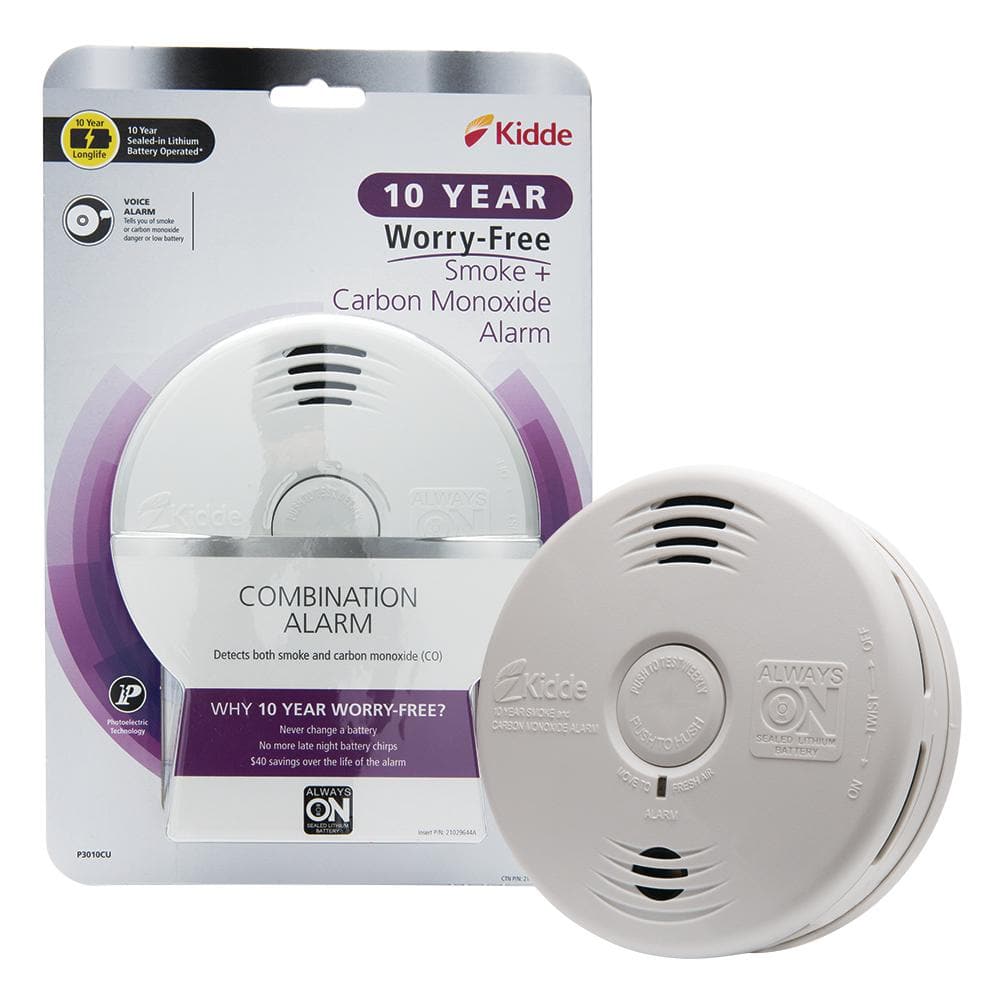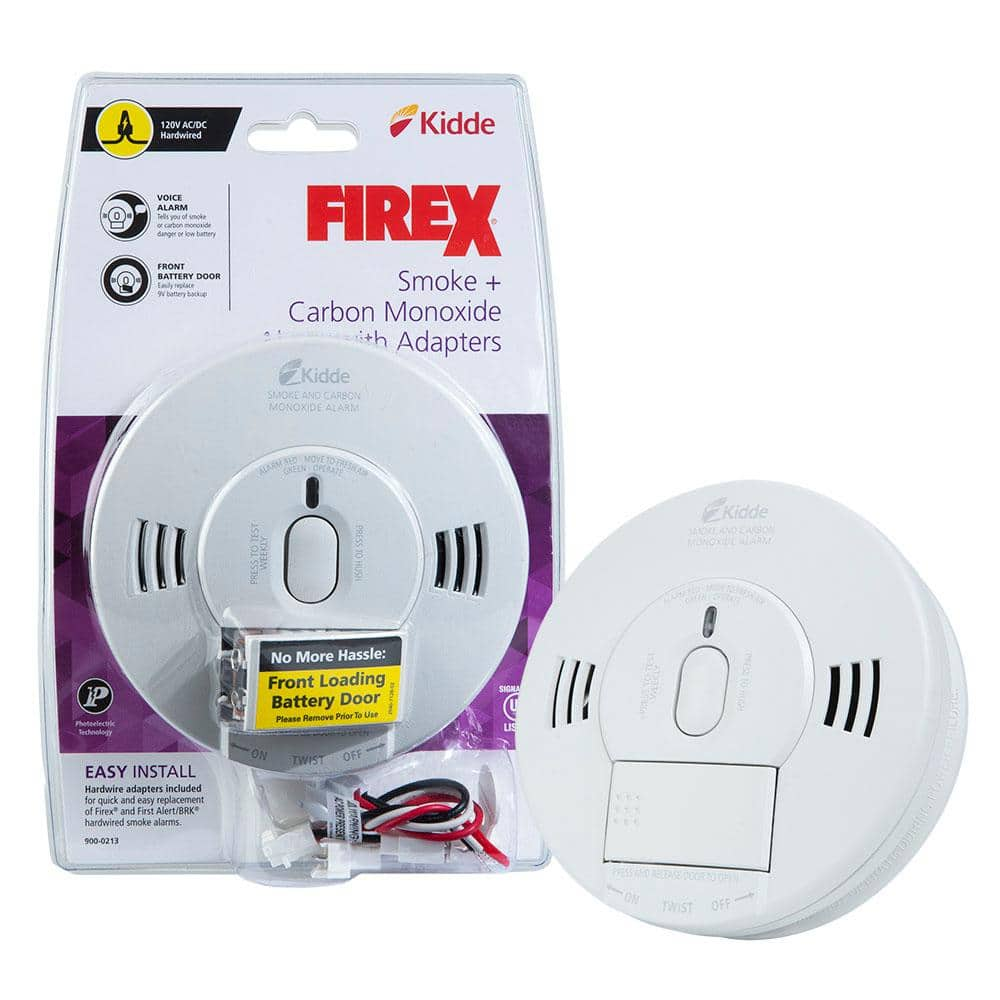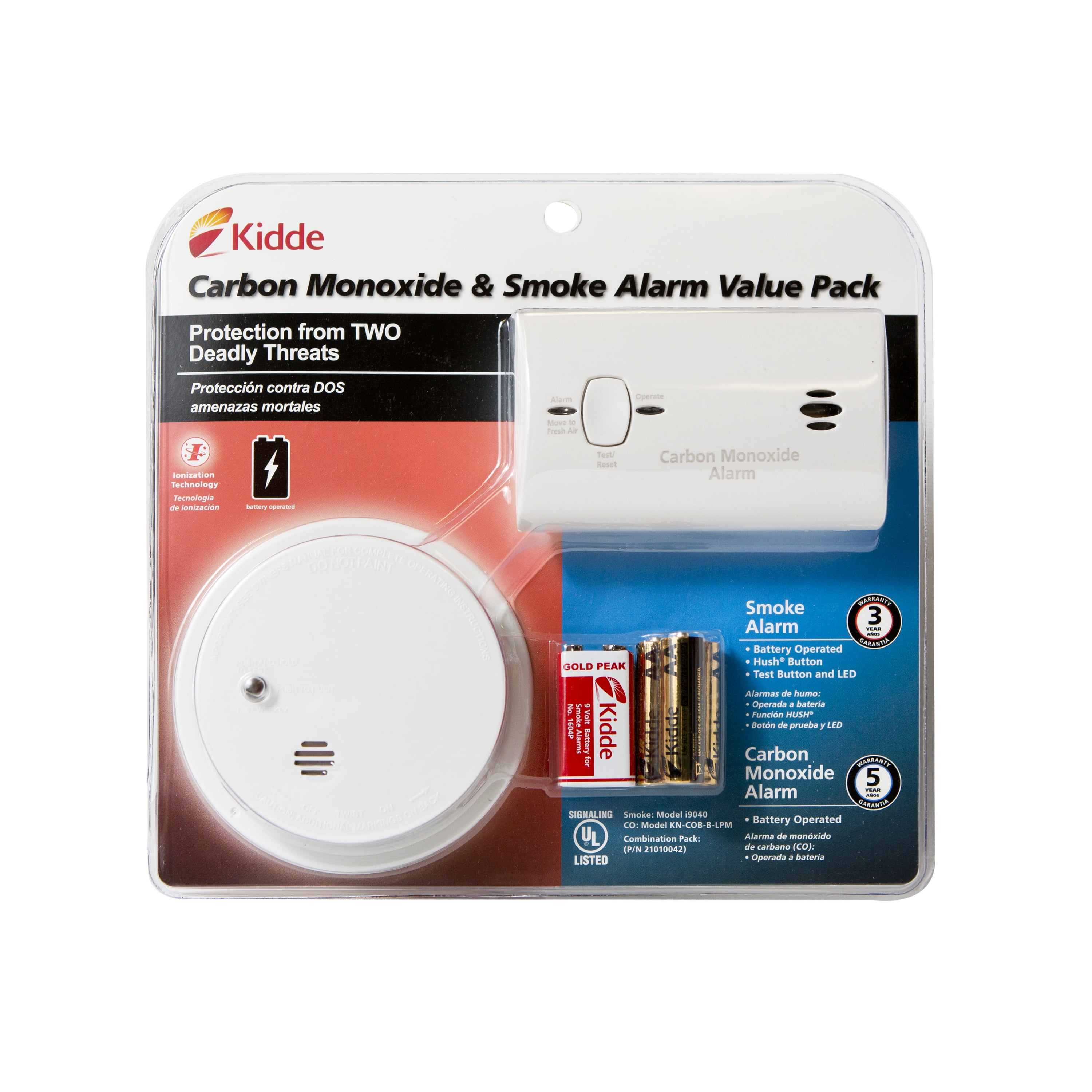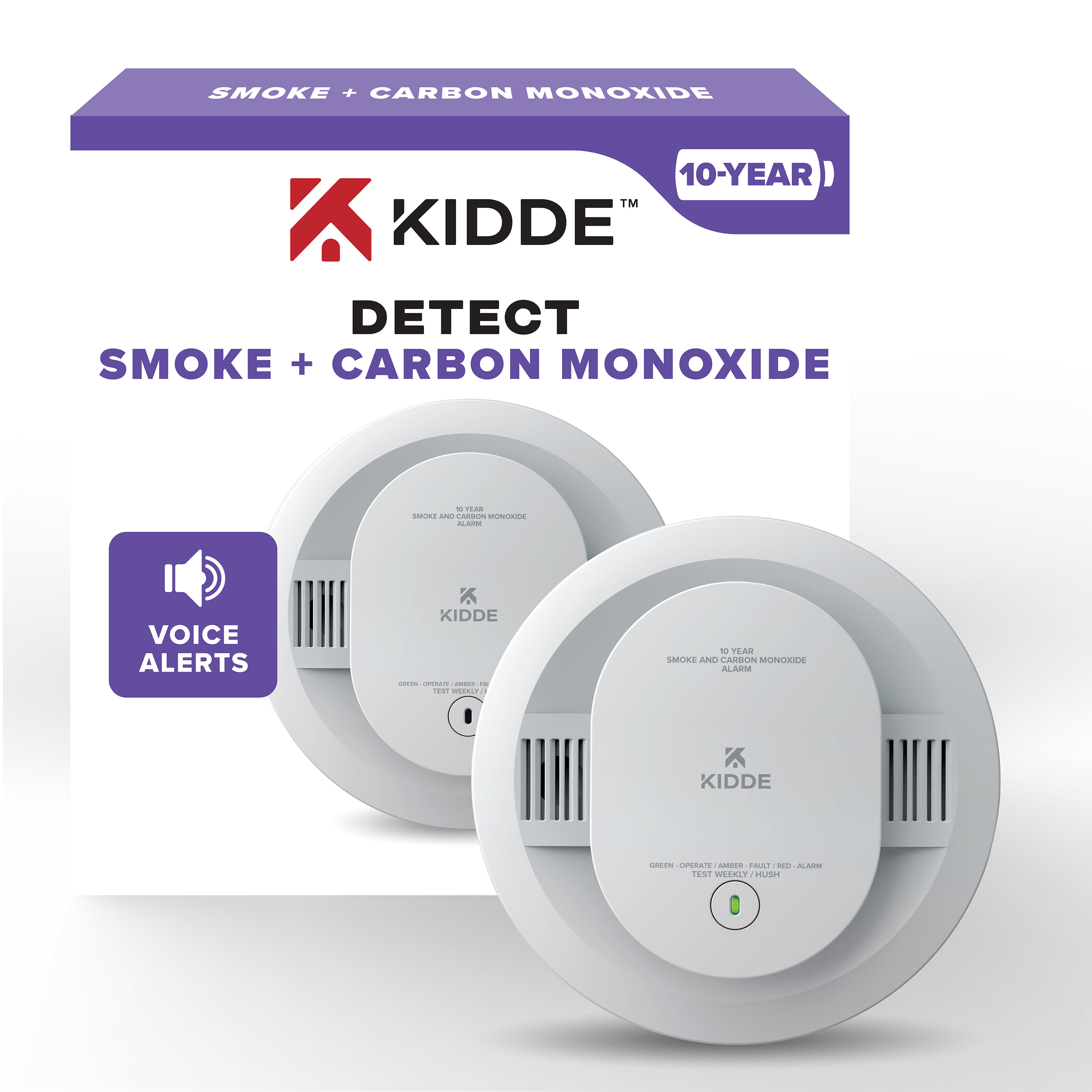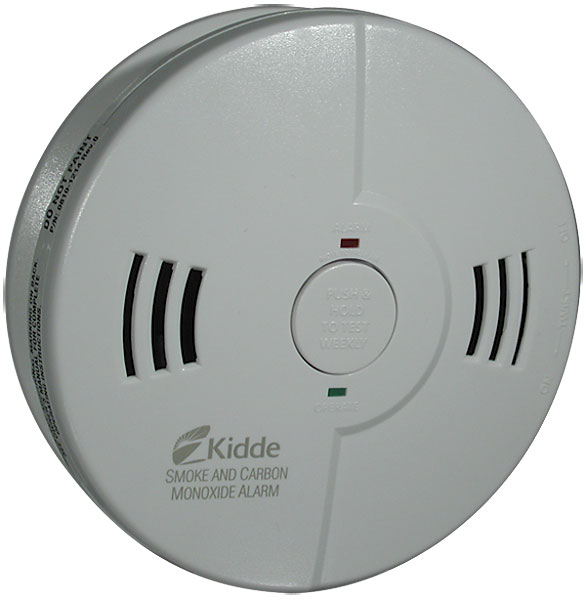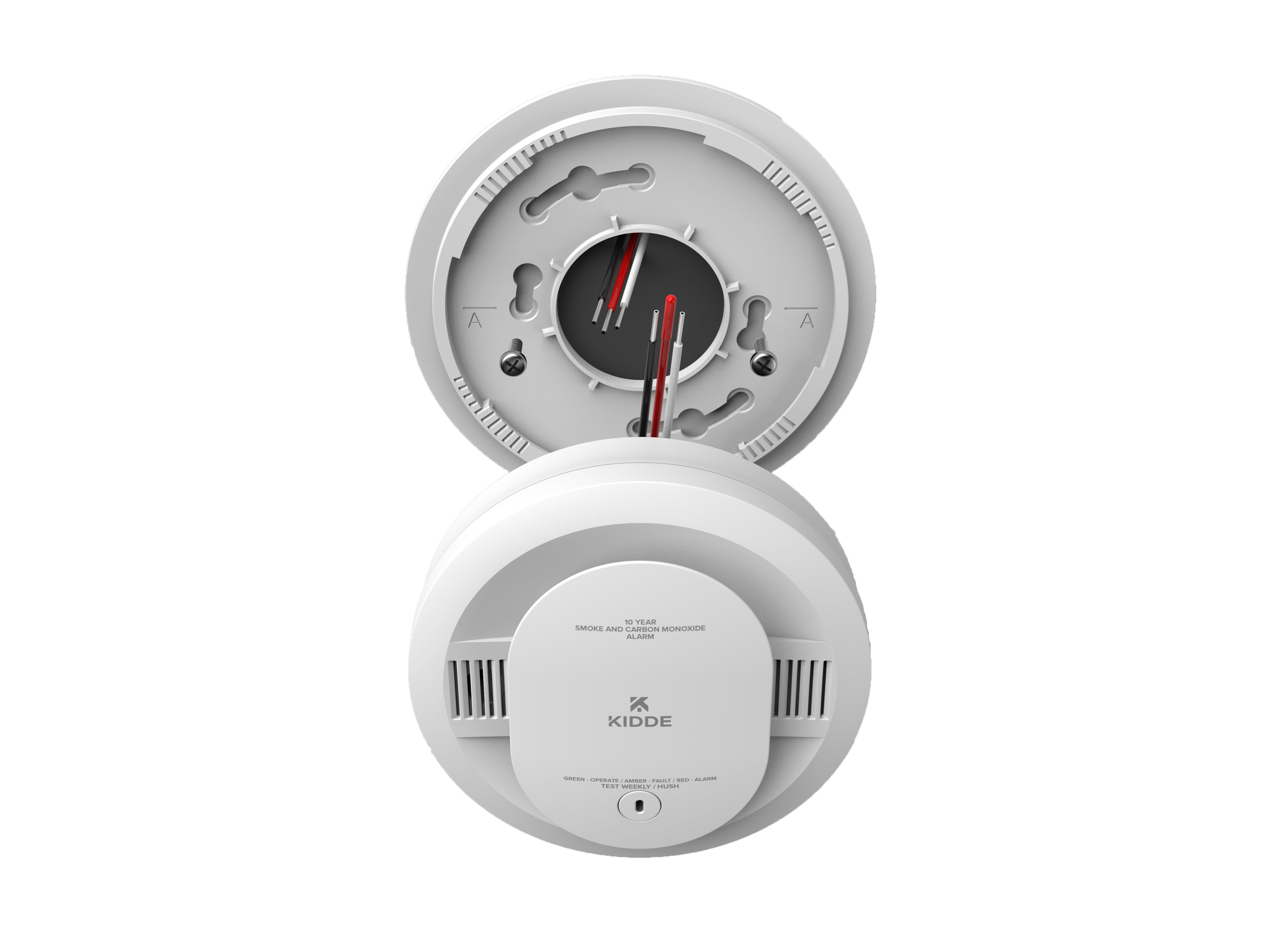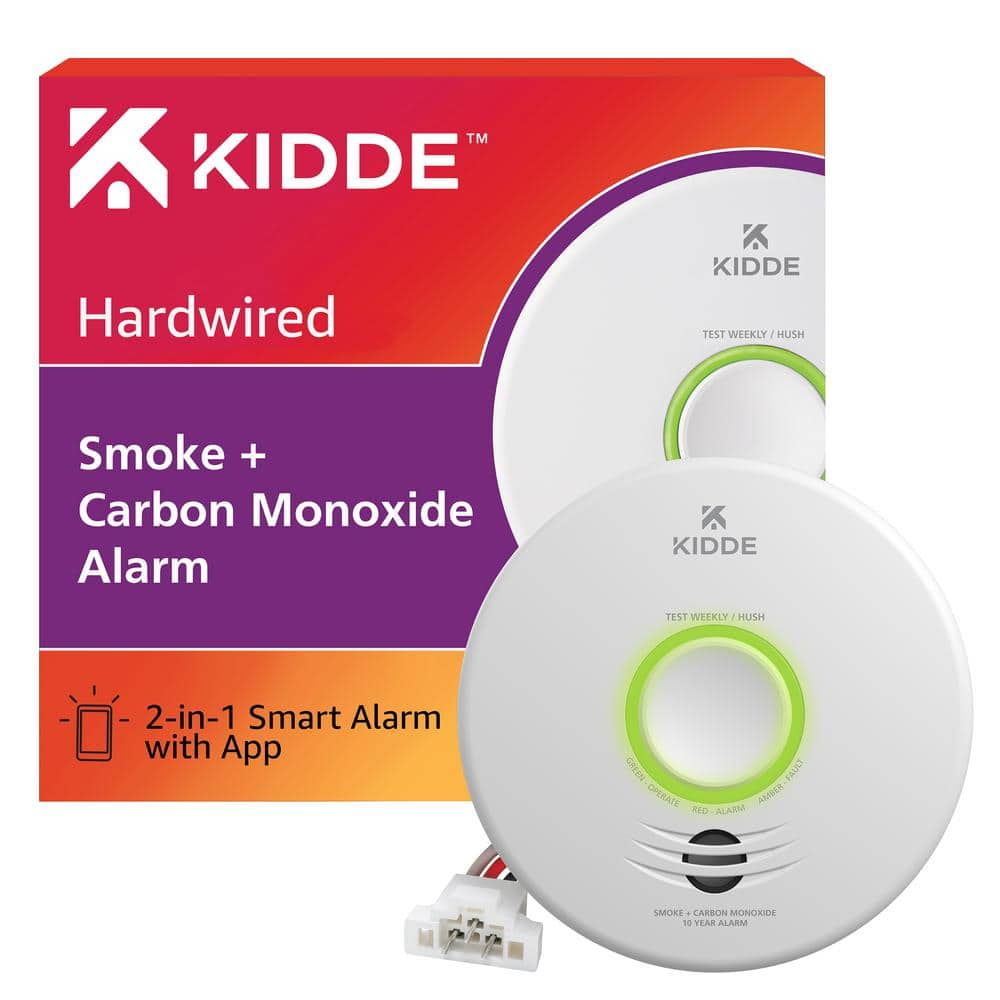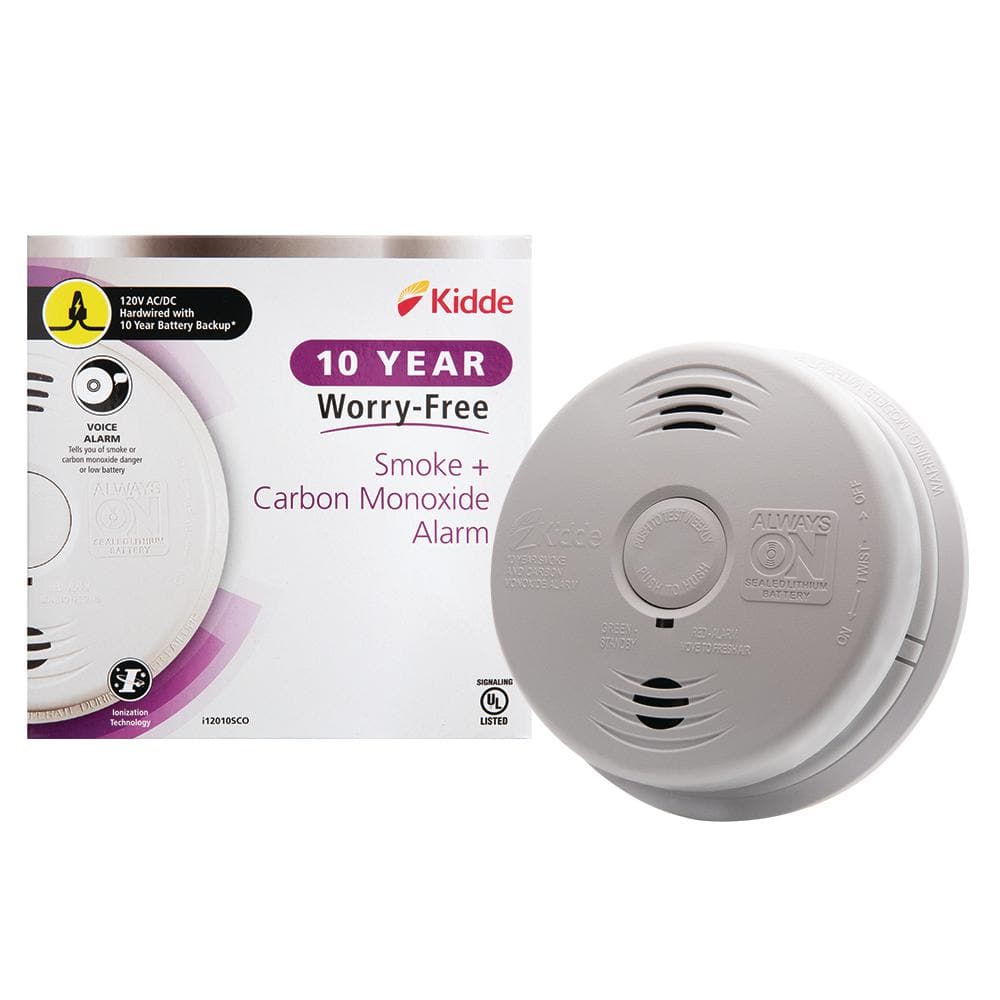Kidde Smoke And Carbon Monoxide Alarm Nearby

The silent threat of smoke and carbon monoxide (CO) poisoning looms large in our communities, demanding constant vigilance and proactive safety measures. Recently, a concerning number of incidents involving faulty or expired detectors have underscored the critical importance of properly functioning alarms, highlighting the need for widespread awareness and responsible home safety practices.
This article delves into the significance of smoke and carbon monoxide detectors, specifically focusing on Kidde alarms, a widely used brand. We will explore their role in preventing tragedies, the importance of regular maintenance and replacement, and examine recent recalls or safety alerts associated with Kidde products, empowering readers to safeguard their homes and families.
The Vital Role of Smoke and Carbon Monoxide Alarms
Smoke and carbon monoxide alarms are essential life-saving devices. They provide early warning of fire or the presence of deadly, odorless CO gas.
CO is produced by the incomplete burning of fuels such as natural gas, propane, wood, and heating oil. According to the Centers for Disease Control and Prevention (CDC), unintentional CO poisoning leads to hundreds of deaths and thousands of hospitalizations each year in the United States.
Smoke alarms detect smoke particles in the air, providing a crucial early alert that allows occupants time to evacuate a burning building. The National Fire Protection Association (NFPA) emphasizes that working smoke alarms significantly increase the chances of surviving a fire.
Kidde Alarms: A Closer Look
Kidde is a well-known and widely distributed brand of smoke and carbon monoxide alarms. Their products are available in numerous retail outlets and are often installed in newly constructed homes.
Kidde offers a range of alarms, including ionization, photoelectric, and dual-sensor models, as well as combination smoke and CO detectors. Some models include features like battery backup, voice alerts, and wireless interconnectivity.
It is crucial to understand the different types of alarms and choose the appropriate model for your home and needs. Ionization alarms are generally more responsive to flaming fires, while photoelectric alarms are more sensitive to smoldering fires.
Maintenance and Replacement: Key to Alarm Reliability
Even the best alarm is only effective if properly maintained. Regular testing is crucial to ensure that alarms are functioning correctly.
Kidde recommends testing alarms weekly by pressing the test button. Batteries should be replaced at least every six months, or immediately if the alarm indicates a low battery.
Smoke and carbon monoxide alarms do not last forever. The NFPA recommends replacing smoke alarms every 10 years, and CO alarms every 5-7 years, depending on the manufacturer's recommendations.
Recent Recalls and Safety Alerts Involving Kidde Alarms
From time to time, product recalls are issued due to safety concerns. It is important to stay informed about any recalls involving Kidde smoke or carbon monoxide alarms.
In recent years, Kidde has issued recalls for certain models of alarms due to potential defects that could prevent them from functioning properly. These recalls were widely publicized, and Kidde provided instructions for consumers to identify affected alarms and receive replacements.
Consumers can check the Consumer Product Safety Commission (CPSC) website or the Kidde website to find information about current and past recalls. It is critical to take immediate action if you own an alarm that has been recalled.
Local Initiatives and Community Outreach
Many local fire departments and community organizations offer resources and programs to promote fire and carbon monoxide safety. These initiatives often include free smoke alarm installation programs for low-income families and senior citizens.
Local fire departments may also provide educational materials and conduct home safety inspections to identify potential hazards. Contact your local fire department to learn about available resources in your community.
Organizations like the American Red Cross also play a vital role in disaster preparedness and provide valuable information on fire and carbon monoxide safety.
Protecting Your Home and Family: Practical Steps
Protecting your home and family from the dangers of fire and carbon monoxide poisoning requires a proactive approach.
Install smoke alarms on every level of your home, inside bedrooms, and outside sleeping areas. Install CO alarms on every level of your home and near sleeping areas.
Test your alarms regularly, replace batteries as needed, and replace alarms according to manufacturer's recommendations. Develop and practice a fire escape plan with your family. Never ignore an alarm sounding - evacuate immediately and call 911 from a safe location.
Moving Forward: Raising Awareness and Promoting Safety
Continued education and awareness campaigns are essential to preventing fire and carbon monoxide-related deaths and injuries. By staying informed about the importance of working smoke and carbon monoxide alarms, taking proactive safety measures, and responding promptly to recalls, we can create safer homes and communities.
The partnership between manufacturers like Kidde, government agencies, and community organizations is crucial in promoting safety and ensuring that everyone has access to life-saving devices and information.
Ultimately, the responsibility for protecting our homes and families from these silent threats rests with each of us. Let's make a commitment to prioritize safety and ensure that our smoke and carbon monoxide alarms are always ready to protect us.




